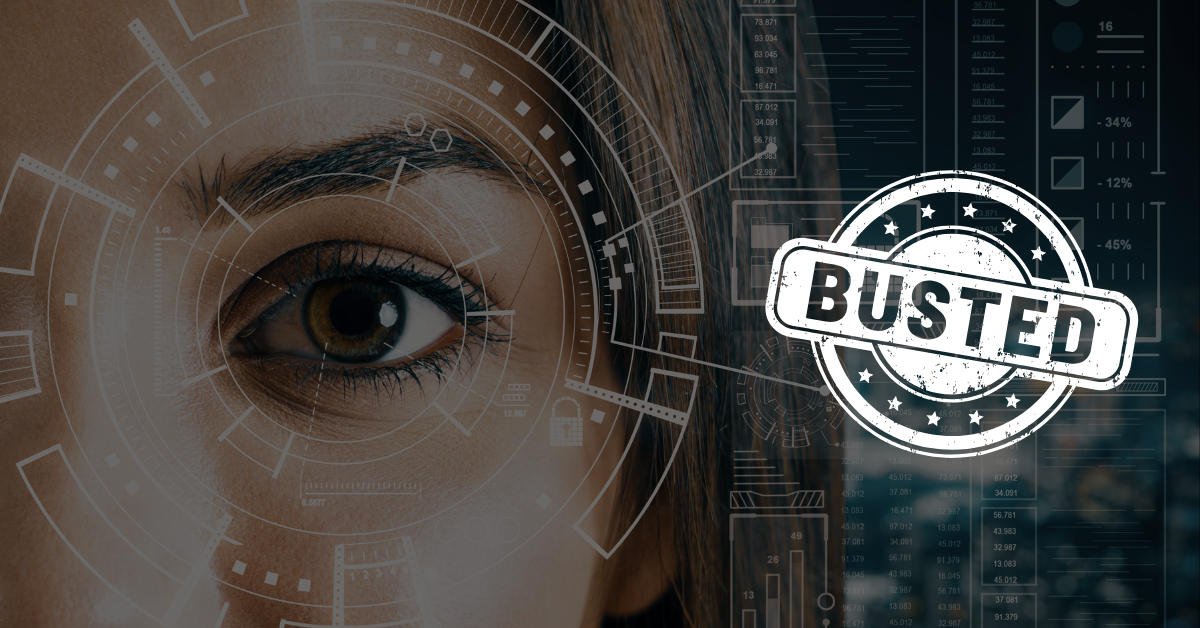Categories
Biometric technology is seamlessly woven into our lives, from unlocking phones to streamlining airport security. Yet, biometric myths about privacy risks and data storage spark hesitation among users.
This article tackles these misconceptions, offering clear facts about how biometrics work and why concerns are often unfounded. By shedding light on the truth, we aim to build trust in this innovative technology.

Biometrics involves measuring distinct physical or behavioral traits—like iris patterns, facial structures, or voice inflections—to confirm identity. Unlike passwords, biometrics are unique to each person, making them a powerful security tool.
Biometric systems collect raw data, convert it into a digital template, and use this for authentication during identity checks.
Biometrics are used in smartphones, airport check-in systems, and restrict entry to sensitive workplace areas.
Raw inputs, such as a facial image, are not stored. Instead, they’re transformed into encrypted numerical codes.
Misinformation about biometric data handling fuels widespread myths. Below, we address five key biometric myths with detailed clarifications.
Many fear that biometric systems retain actual photos or fingerprint scans. In reality:
Concerns about hackers stealing and misusing biometric data are common. However:

Fears of constant surveillance or unauthorized data sharing persist. The truth is:
Some believe biometrics can be tricked with photos, masks, or fake fingerprints. In fact:
The assumption that biometric systems are infallible is misleading. In reality:
Despite technological advancements, biometric myths persist due to several factors:
Movies and sensational news often depict biometrics as tools for dystopian surveillance.
The process of transforming raw data into secure templates is complex, leading to misunderstandings.
Unrelated data-breaches and cybersecurity incidents fuel skepticism about biometric security.
Some companies fail to transparently explain their biometric processes, fostering doubt.
To confidently embrace biometric technology, consider these steps:
Select services from reputable firms, like Gekonova, with clear privacy policies.
Review what biometric data usage entails before enabling features.
Combine biometrics with other authentication methods for added protection.
Regularly update devices and apps to access the latest security improvements.
Biometric myths, though persistent, often stem from misconceptions about how these systems operate. By debunking fears—such as the notion that your face is stored—we highlight the security and convenience biometrics offer. As technology evolves, staying informed and choosing trusted providers like Gekonova ensures biometrics remain a reliable tool for protecting our digital lives. Let’s move beyond biometric myths and embrace the facts for a secure future.